



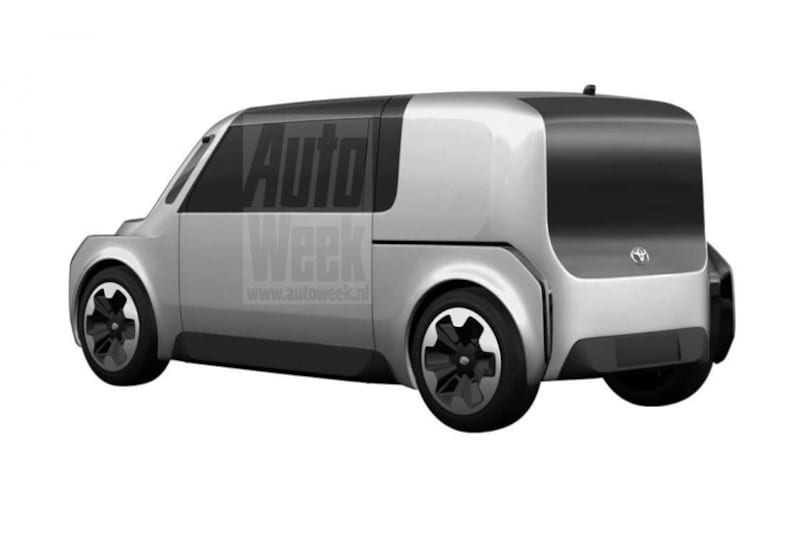



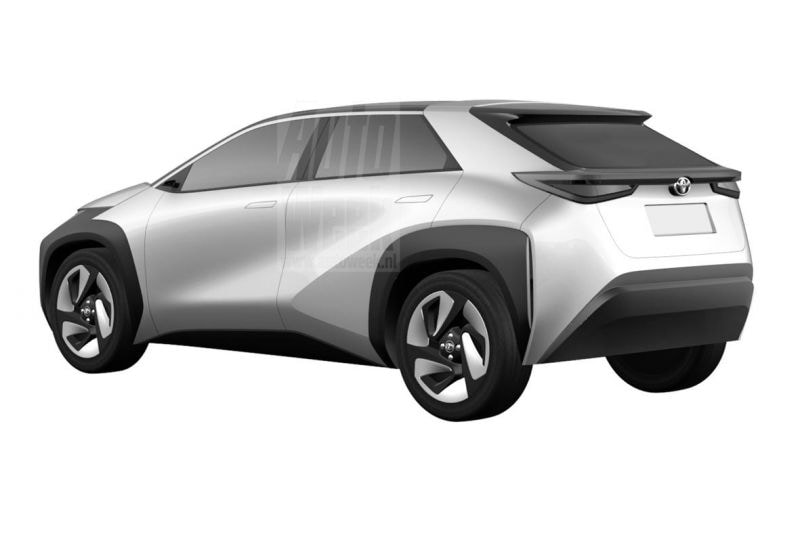
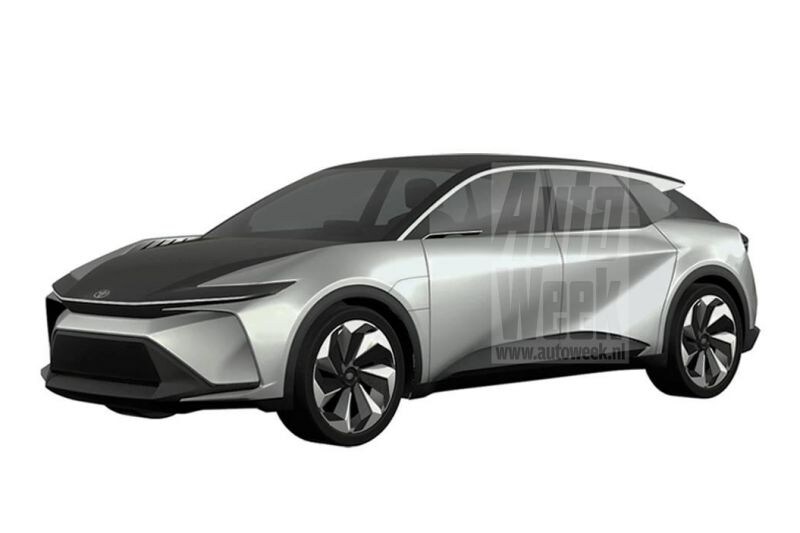

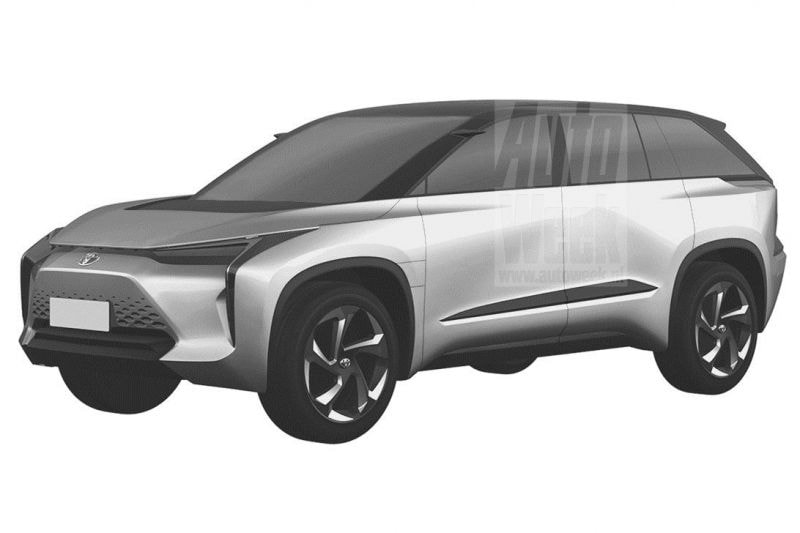

Toyota is still focusing on hybrid powertrains and will continue to do so for the time being. Yet there is a fully electric car in the wings that heralds a new era. Toyota also continues to focus on hydrogen technology.
At Toyota, the focus is mainly on hybrid powertrains and that will remain so for a while. Nevertheless, we are also working hard on fully electric models for the somewhat longer term, explains Andrea Carlucci (product manager Toyota Europe) in conversation with Techzle. Toyota is working on a modular platform dedicated to a range of all-electric models. Six fully electric Toyotas should eventually appear on this e-TNGA (photo 2). This base offers space for one or more electric motors, front, rear and four-wheel drive and can be used for sedans and SUVs in various sizes. The first of these, a mid-range SUV of the size of the RAV4, is expected to become more concrete next year. Market introduction, however, still seems to take two years.
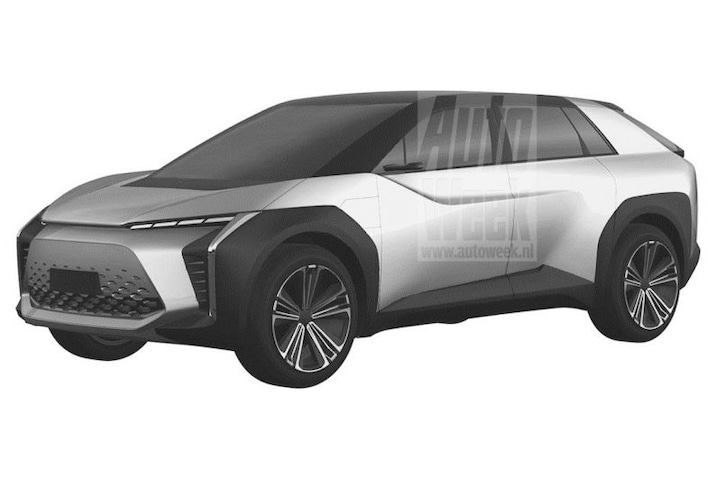
We bet that it will be the car above, which we already saw in patent drawings that we surfaced at the end of last year. It is a model that Toyota expects a lot from, especially in Europe. Market introduction seems to take another two or three years. The car, which Toyota will bring along with Subaru, will eventually be accompanied by five other fully electric brothers. Based on the patent drawings, we expect a compact crossover, a compact hatchback, a kind of mini MPV, a mid-size sedan / fastback and a large SUV (Highlander format). Probably there will be Subaru, Suzuki and Daihatsu versions of this in some markets. We just have to be patient for it.
Toyota does not yet share concrete technical prospects, but it still works with, among others, Panasonic on solid-state batteries. A technology that, according to the brand, is becoming increasingly mature. Some of the main advantages of these batteries are the relatively low dependence on controversial or expensive raw materials and the high energy density. The latter is especially interesting, as the batteries can become smaller and therefore lighter. It must also be fully charged faster than with more conventional batteries. Whether the first series of e-TNGA models already has such batteries on board remains to be seen.
Future vision
Hybrids remain the main part for the time being, according to Carlucci. Toyota emphasizes that it already has a relatively low average CO2 emission and that it is therefore not necessarily in a hurry with a large-scale switch to fully electric. For 2025, Toyota is aiming for an all-electric share of ‘more than 10 percent’ within its model range. Furthermore, in that year less than 10 percent of the supply will not have any form of electrification on board.
2025 may well be a tipping point for Toyota, after which fully electric will rapidly take over the ‘leading position’ of hybrid. Although Carlucci does not want to go into the period after 2025 very specifically in the conversation with Techzle, the introduction of sales bans for fuel engines in various European countries is something that Toyota is keen on. For the time being, it has not led to clear reforms of the brand’s vision of the future, but it could accelerate the transition to fully electric in certain markets. Nevertheless, according to him, hybrid is really not just put on the back burner, certainly not because in many countries there is not yet a charging network that sufficiently supports a switch to pure electric driving.
Hydrogen
Electric driving with a plug is of course not the only option. After all, Toyota has been participating fully electrically for years with a fuel cell. The new Mirai must play an even bigger role in that area than its predecessor and Lexus is also working on a fuel cell car. During a Toyota presentation, Techzle caught a glimpse of a packed Lexus with fuel cell. We maintain that that was an ES, although the arrival of a hydrogen version of the LS is by no means out of the question.
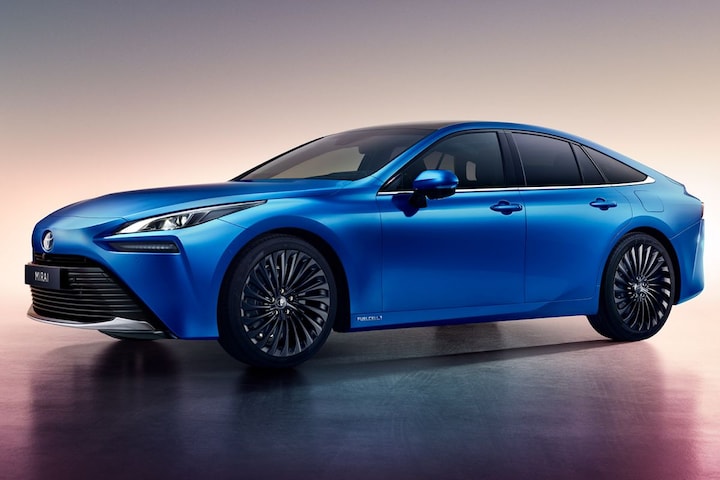
Toyota Mirai
Toyota strongly believes in hydrogen as an alternative to BEVs. Especially in the industrial field and with fleet cars. For industrial use, Toyota, for example, works on trucks with fuel cells, while for passenger transport it mainly uses hydrogen buses. Toyota also sees opportunities for so-called ‘hydrogen clusters’ for passenger cars such as the Mirai (and possibly also Lexus cars in the long run). Areas around hydrogen filling stations, such as port areas or airports, where an entire fleet of hydrogen cars can be used. For example, will we see Mirai’s on a larger scale as taxis in the Randstad? Who knows!